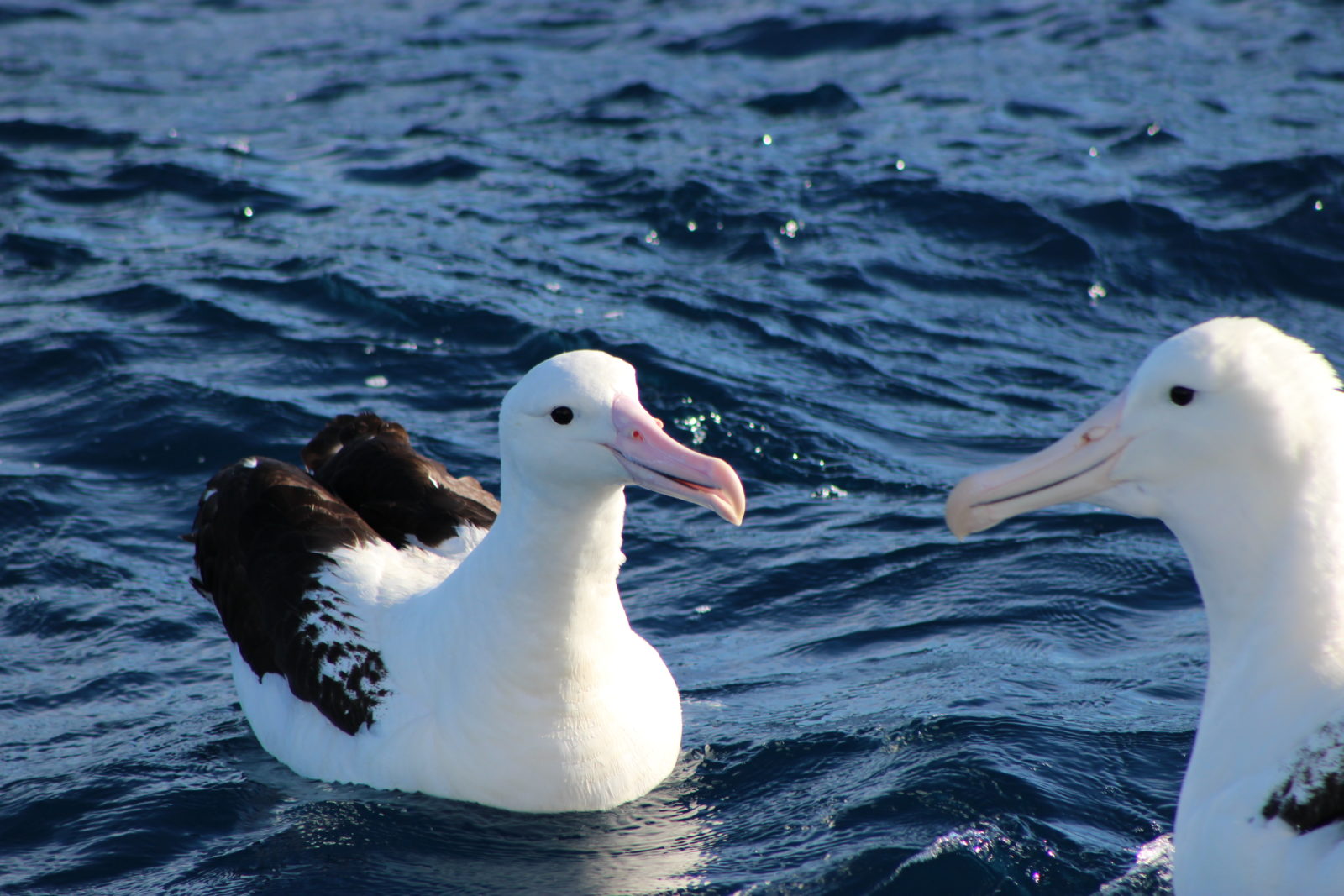Does the Albatross Really Mate for Life?
The truth behind the love lives of nature’s supposed paragons of virtue

You might not know it, but as corporations have tried to sell us all on tomorrow being THE day for love (and for us to hand over our money), what they’ve actually been selling us is the lifestyle of an albatross—or at least, the idealized life of an albatross.

If you’ve ever seen Blue Planet you’re probably familiar with albatross’ admirable “monogamy.” When searching for a mate, albatross do a little dance, make a little love, get down for life. Every year, after wandering far and wide across the ocean, albatross will return to the same partner, perform their same secret dance and start nesting. Both parents will also contribute equally when it comes time to lay an egg and raise a chick. This sounds like the Hallmark dream, right?
Wrong!
While albatross are socially monogamous (meaning they will remain committed to one partner) the truth is they get around when no one else is watching. To us, this may sound like cheating, but in the world of science, it’s known as “extra-pair copulation,” or EPC. Albatross will mate with another bird that is not their life partner all while maintaining that life bond with said partner. While to some people this may seem nefarious, it isn’t uncommon in the natural world (but I do support hating on cheating exes in the human world!).

Even though 92% of bird species are socially monogamous (and in seabirds that rate can rise to 100%) most also engage in EPC. This mating strategy typically favors males (of course) by allowing bachelors to still mate and pass on their legacy to the next generation of birds; but females have also been known to solicit a dalliance. If you’ve got game, don’t waste it, ladies! And just for reference, the rate of social monogamy in mammals rests at a low 3-5%.
But what is more uncommon than an avian one-night stand is what’s called “extra-pair paternity,” which is when EPC actually “succeeds” and leads to a chick being born. In one study of albatross, the rate of extra-pair paternity was 14-24% across three back-to-back breeding seasons.
Even in the face of philandering, albatross still maintain not only social monogamy, but lifelong social monogamy. Most bird species build partnerships with a mate that may last only one breeding season, which probably sounds familiar to pretty much every human on Earth. But albatross put our fickle hearts to shame and maintain their relationships until death do they part—no matter what.